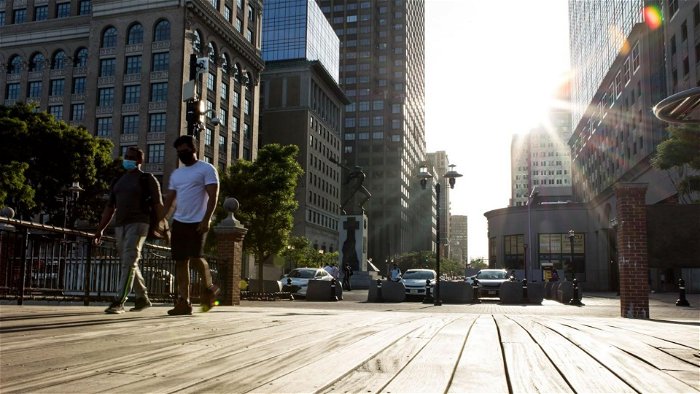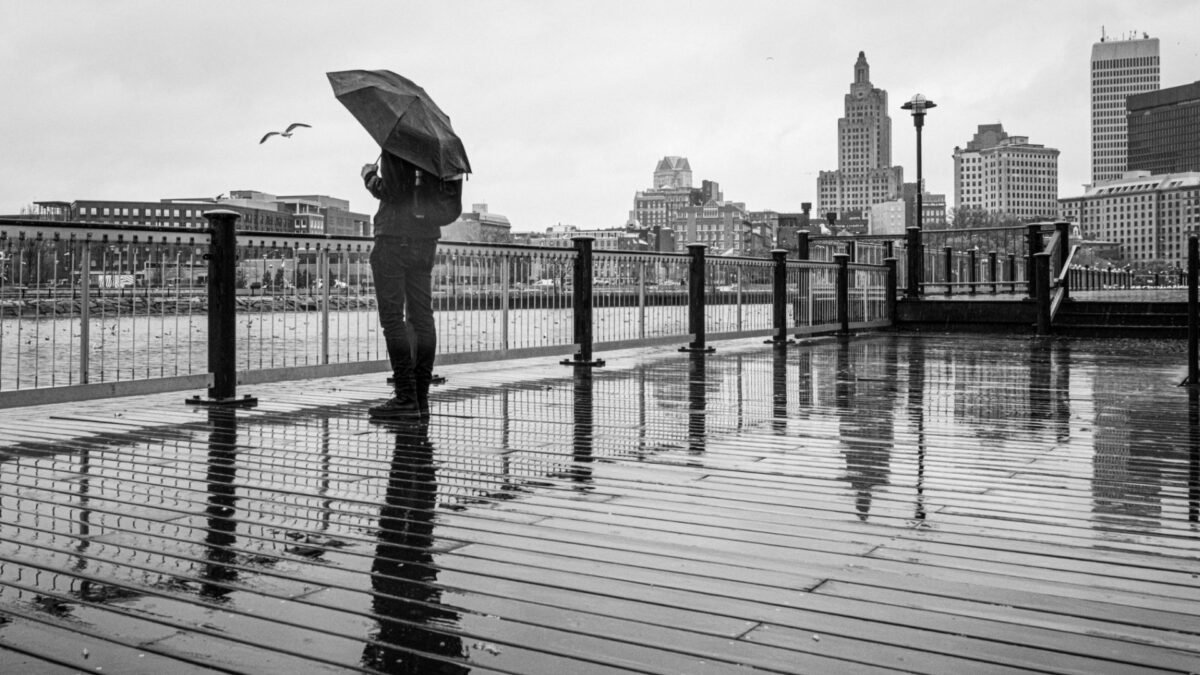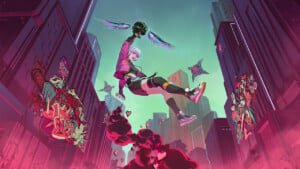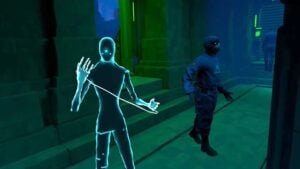Street-photography is a special branch of visual art that catches interesting moments of everyday life. These images are not staged, with natural lighting, and usually do not carry a political or social message. It is a story, directly or indirectly telling about people, revealing the atmosphere of the city, as well as other public locations. The framing, the lighting, the angle, and the choice of moment make such a shoot atmospheric. Modern processing tools, such as the photo editor app RetouchMe, through which you can make professional edits with a few clicks, can also enhance the impression of such a photo. Our tips will help you make a step towards the art of street photography!
1. Go for beautiful shots, lightweight
Try not to stand out from the crowd because noticing a person with a massive camera and a large lens changes many people’s behaviour. Also, when setting up bulky equipment, it’s easy to miss that charming moment you had time to notice. Refuse a tripod, additional lenses, and other accessories.
It is better to choose a fairly compact camera. With it, a long walk around the city will be easier, and a detailed study of the settings will help you make enough high-quality pictures even without your favourite “SLR.” In advance, set the parameters suitable for a variety of lighting because the shooting conditions on the street are constantly changing. One of the techniques is to shoot with aperture priority. Just make sure that the shutter speed does not become too long. Otherwise, the “shake” is ensured.
2. Choose your distance
Experiment with the distance to the main scene. If the background plays a role, be sure to capture it too, but often, interesting shots come out if you get closer. Afraid of ruining the moment with your appearance? This is one of the rare moments when you can use a zoom, but it will degrade the overall quality of the photo. To get a spectacular shot at relatively close range without embarrassing the person, you can shoot from the hip.

3. Tell a story, but be ethical about it
People’s movements, gazes, facial expressions, and the general dynamics of the streets are a source of interesting stories. There’s nothing wrong with shooting strangers, but at the same time, be respectful of those around you. If you are interested in a particular person, approach them, have a casual conversation, and ask for permission to shoot. Take any response seriously.
If you agree, the pictures will not necessarily be staged. For example, if it’s a street performer or vendor, ask permission to observe him or her at work. Interested in a passerby? Ask to tell a short story about yourself, your hobbies, or where you are. Emotions and movements will make the photos alive and vivid.
At the same time, remember that you should not take pictures of strategic objects, military equipment, or people in uniform. Photos on private property will require a separate permit. It is also illegal to use portraits of strangers for commercial purposes.
4. It’s different with the light
Be in the same locations at different times of day and in different weather. This allows you to see how they transform in the moment and how the setting and the audience change. As a result, you can make unexpectedly beautiful shots. Also, the original effect is created by contrasting light and shadow patterns and reflections of coloured lights (sunset rays, signs, and traffic lights). All this makes it possible to reveal a familiar and seemingly boring location in a completely new way.
5. Take inspiration from different areas
There are two main directions in street photography. The first one is historical. Such shots are based on a moment, a non-standard situation that takes place in an ordinary environment. Additionally, this can include interesting shots taken during city holidays or other special events. Such situations can be a real source of sad and funny, touching and mischievous moments that are worth capturing.
The second, more modern direction is artistic. They are aimed at finding not just interesting situations but also a certain urban aesthetic in general: abstractions, geometric patterns, and the use of shadows. To get an additional charge of inspiration, you can look at the works of famous photographers, such as Terence Pang, Fan Ho, Dimpsy Balotia, Steve Simon, and others.



